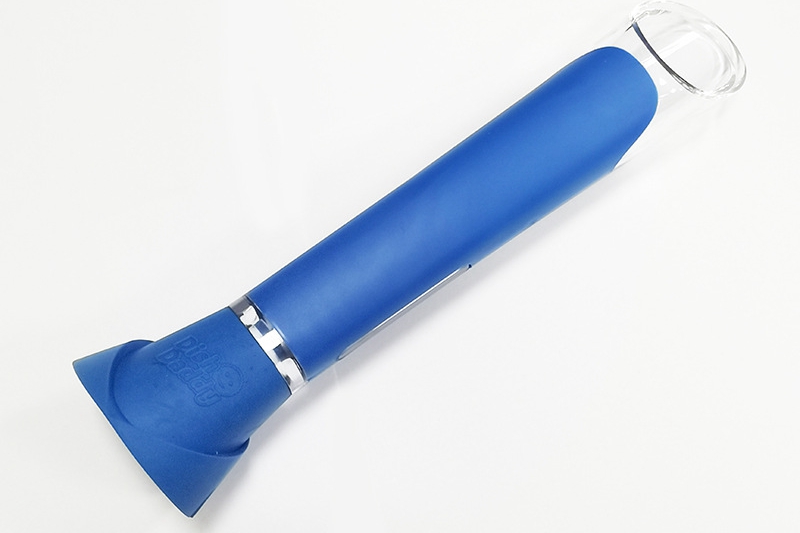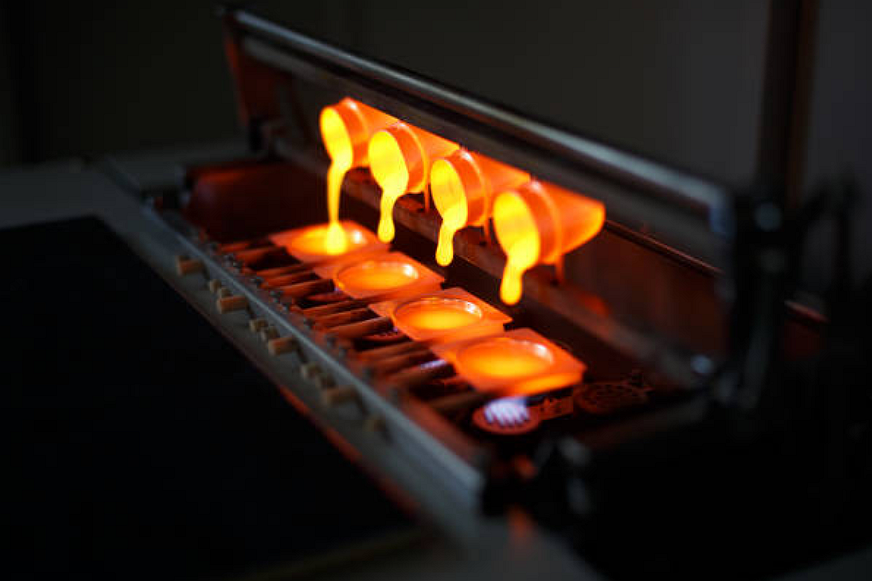What advantages does overmolding offer over traditional assembly methods?
Overmolding offers a significant advantage for tool housings, electrical connectors, and ergonomic components by combining multiple materials into a single structure during molding, thereby eliminating secondary assembly operations and creating stronger, more precise interfaces. Unlike conventional fastening or adhesive-based assembly, overmolding allows optimized geometry, improved sealing, and enhanced user interaction, making it ideal for power tools, lighting solutions, and handheld devices.
Integrated Structure and Improved Strength
Rather than joining separate parts using screws or adhesives, overmolding forms a bonded interface between metal inserts and plastic shells. This process is especially valuable when using insert molding to embed metal components such as threads, bushings, shafts, or circuitry directly into the housing structure. The result is higher structural strength, reduced failure points, and superior torque resistance for components subject to mechanical loads or shock impacts.
Sealing and Environmental Protection
For IP-rated enclosures, overmolding enables the incorporation of built-in seals and gaskets, providing both dustproof and waterproof protection. Using nylon, PBT, or elastomeric materials in combination, Neway creates interlocking features and sealing lips without requiring separate gasket installation. This eliminates assembly variability and improves consistency in locking system and outdoor device components.
Ergonomics and User Interface Enhancement
Overmolding is ideal for grips, triggers, and user-contact surfaces. Soft-touch materials can be applied to rigid frames, improving comfort and vibration damping. Processes like injection molding, combined with overmolding, allow for complex geometries and fine textures that traditional assembly cannot achieve. For example, precise contours and raised tactile patterns can be customized for power tools to enhance control and fatigue resistance during prolonged operation.
Production Efficiency and Cost Savings
Overmolding significantly reduces part count and assembly time. Instead of combining multiple subcomponents, Neway performs material bonding directly during the molding process. This is especially effective when paired with CNC machining prototyping and rapid molding prototyping to validate geometry before final tooling is created. Eliminating screws, adhesives, and alignment processes reduces assembly errors and improves long-term durability in mass production.
Design Flexibility and Aesthetic Integration
Overmolding enables stronger branding and part differentiation—color accents, texturing, and grip zones can be molded directly without the need for secondary painting or pad printing. This process also enables seamless multi-material transitions, which are visible on consumer-facing products. Combined with plastic injection molding or structural frames produced via precision casting, designers gain freedom to optimize appearance without compromising mechanical strength.



